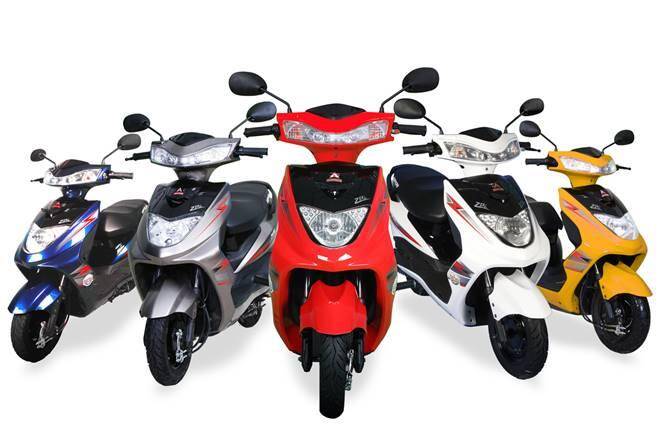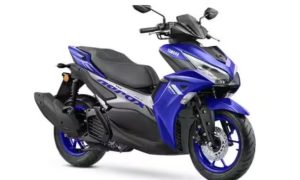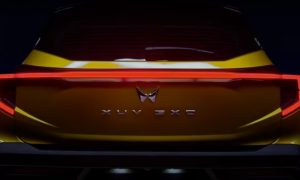Are electric scooters poised to take over the biggest two-wheeler market in the world?
Rising fuel costs along with a series of government subsidies have shot the electric scooter into prominence when only a year ago, there were very few to be seen on the road. With the likes of the Ola S1 and S1 Pro receiving over 1 lakh bookings within the first 24 hours of the booking window opening, there’s no underestimating the sheer public interest that e-scooters have managed to pique, especially in urban areas, where a hassle-free commute is the need of the hour.
This begs the question – are e-scooters better equipped to serve that need? To analyse this, we are pitting two of the best-selling internal combustion or ICE scooters, the Honda Activa and the TVS NTorq, with two of the most prominent and well-equipped electric scooters, the Ather 450X and the Ola S1.
Price
According to a report by Autocar Professional, more e-scooters were sold in the first half of 2021 than in all of 2020, with the likes of Hero Electric and Ather Energy emerging on top. At present, with both FAME II and the highest state subsidy taken into account – the likes of the Ola S1 comes down to Rs 86,099 in New Delhi, which makes it only Rs 11,000 more expensive than the TVS NTorq – its closest competitor in terms of performance and utility.
Technology
This round clearly goes to the electric scooter. An electrified powertrain allows for a lot of easy tweaks to the performance, over-the-air updates and with Ola, a reverse button, the likes of which are only to be found on hyper-expensive touring motorcycles like the H-D Road Glide and the Honda Goldwing. Even bonafide maxiscooters which aren’t on sale in India, cannot match the sheer levels of tech finesse that e-scooters have. The conventional petrol scooter never stood a chance.
Maintenance and running cost
There are two aspects to be taken into consideration here. Firstly, the maintenance costs of e-scooters is considerably lower than that of a petrol scooter, given that it has fewer moving parts. In time, you may have to tend to the replacement cost of the e-scooter’s motor components which will cost a total of approximately Rs 25000 and will last you for at least two years, if not more.
Performance
On the performance front, the e-scooter remains untouchable. In pretty much every iteration, whether base of top-end both Ather’s and Ola’s offerings provide instant torque delivery, which cannot be matched by the frugal, sheet metal relics that are the belt-driven scooters we see. The Ather 450X makes roughly 7.2 bhp and a considerable 24 Nm of torque while the bigger Ola S1 Pro makes a scarcely believable 58 Nm of torque – as much as a mid-sized sports bike!
The Catch
Linear performance however, does not remain the key yardstick for two-wheeler utility. Some of the largest selling scooters and motorcycles in India, have reached that milestone through sheer longevity based on their ability to withstand India’s climatic and topographical extremities, and e-scooters are yet to pass that litmus test. At present, their ownership cycle is touted to be limited to roughly 4-5 years, before they need to replace the most expensive component on the e-scooter: the battery.
Breaking even
By our estimate, you make up for the additional cost of an e-scooter and its presumably shorter shelf life by saving enough in running costs, at the end of a five year ownership cycle, to buy another scooter petrol or electric.
With battery costs dropping annually, the price gap between e-scooters and petrol scooters is likely to be bridged within weeks, making the prospect of buying an e-scooter even more enticing.
Refuelling and recharging
There’s no doubt that the ready availability of petrol, no matter how expensive, has proven to be a major convenience for scooter owners and so, for the moment, this round goes to petrol scooters. Because having charging stations installed in your residential complex appears to be a challenge according to several customers. While the brands set-up a charging unit as part of the delivery process, getting permission from housing associations, etc. has proven to be a hassle.If having a domestic charger isn’t a hassle for you, or a problem that you can surmount, going for an e-scooter is the clear choice.



































